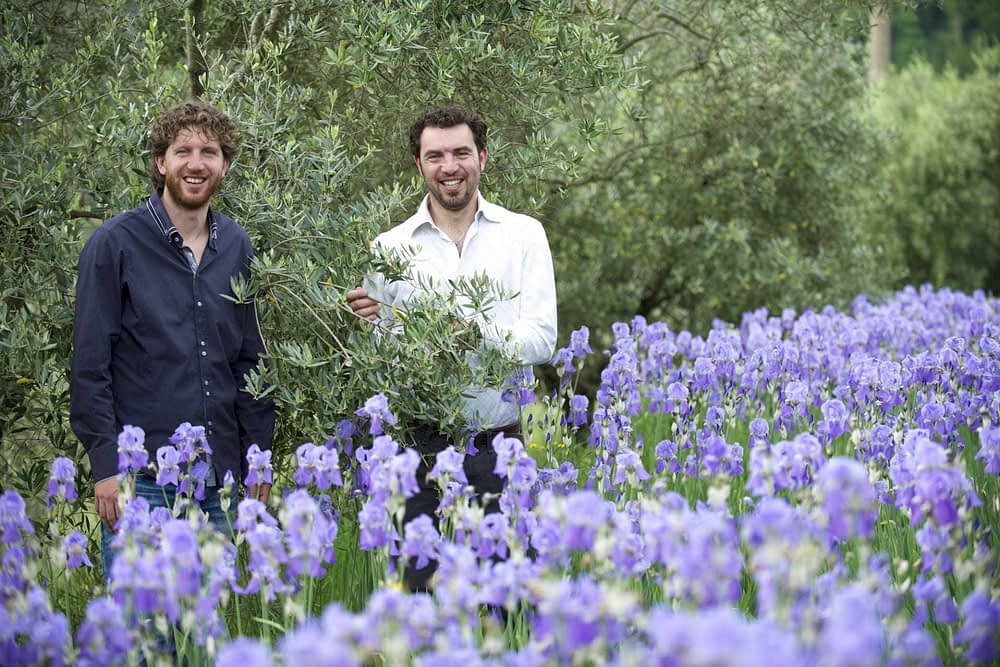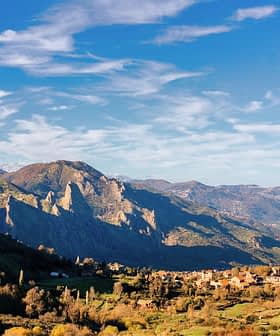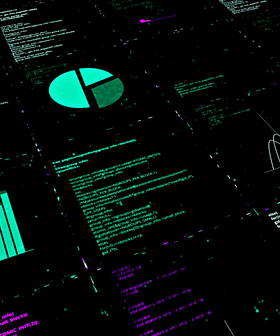As the dust settles on the 2020 NYIOOC World Olive Oil Competition, Italian producers are celebrating 139 of the industry’s most coveted quality awards.
While many producers celebrated their first-ever distinction, others achieved another win in a string of successes.
Every year is different, so it is crucial to be able to select the olives that in a given year can contribute to a known and trusted high-quality product.
For the sixth year in a row, the Tuscan producer Frantoio Franci has been awarded for their Villa Marga brand. Since 2015, the medium blend has won a total of five Gold awards and one Silver at the competition.
“Villa Magra is the first oil that our family began packaging and selling back in the 1950s,” owner Giorgio Franci told Olive Oil Times. “It is a traditional blend of the most known Tuscan olive varieties, mostly Frantoio, Moraiolo and Leccino.”
See Also:Special Coverage: 2020 NYIOOC“It brings with it bitter and spicy notes, is present and defined as well as long and persistent, with the traditional scents and tastes of our territory,” he added.
The production protocol of the company demands a careful selection of olives both before and after the transformation procedures.
“We select the best olives in our groves,” Franci said, “and then, after the oil has been produced, we proceed with blind tasting sessions, which allow us to give birth to Villa Magra by using only the best lots.”
The goal is to offer a product that keeps intact its qualities and distinctive tasting notes over the years.
“What may actually change each season with this protocol is the volume of the oil produced, never its quality,” he said.
The 2020 NYIOOC judges noted that the oil had tasting sensations of green pepper, green tomato, tomato leaf and artichoke.
Another multi-Gold Award winning oil to repeat its success at the 2020 NYIOOC was the Tuscany-based Pruneti Farm.

Their robust Frantoio monovarietal won its fifth consecutive Gold Award at the competition and is the direct result of an ancient olive oil producing culture, co-owner Paolo Pruneti said.
“My brother and I nurture the passion for our territory as our ancestors did before us,” he said. “We want to let people know and taste the unique scents of these lands through our olive oil.”
With a farm composed of more than 30,000 trees in the heart of the Chianti region, the Pruneti family can afford to be highly selective and only choose the olives that meet a specific set of characteristics.
See Also:The Best Italian Olive Oils“We are in the condition to agronomically control the olives and gain a deep understanding of how they change season after season,” Pruneti said. “It is the fun of agriculture. Every year is different, so it is crucial to be able to select the olives that in a given year can contribute to a known and trusted high-quality product.”
While not every producer has the established legacy of the Prunetis or Francis, this year’s results mean that some producers are now well on their way.
For the second year in a row, Umbrian producer I Potti De Fratini was awarded Gold for their Gli Oliveti del Poggio SAS, an oil made from solely from the Moraiolo cultivar and crafted using the latest agricultural technologies.
“Our extra virgin olive oil is an organic product that comes from a challenging cultivar,” Matteo Fratini, owner of the farm, told Olive Oil Times. “Moraiolo trees require specific pruning works. They do not carry many fruits and our harvesting is done by hand.”
On top of that, Moraiolo yields per kilogram are usually lower than those of other cultivars.
“The most delicate moment of the year is the olive harvest,” Fratini said. “These days, we focus on handpicking the olives while adhering to a strict schedule. For instance, if we stop harvesting at 4 p.m. our olives will be in our oil mill soon after, and at 5:30 p.m. we would already have our oil, filtered with a cardboard filter and then stocked in our steel tanks.”
Soc. Agr. Vernèra from Italy won its third consecutive Gold Award at the NYIOOC. This year’s win was for Le Case di Lavinia, an organic medium-intensity Tonda Iblea monovarietal.
“Every year is a new challenge. But, in the end, our Tonda Iblea always rewards us!” company owner Mariagrazia Spanó said when she learned of the win.
The company produced 3,000 liters of organic extra virgin olive oil from hand-harvested Tonda Iblea olives this year.
All of the 2020 award winners are presented on the Official Guide to the World’s Best Olive Oils.









